Want to teach your pet turtle some tricks? Follow this step-by-step guide.
First, understand the basics of your turtle’s behavior. Then, start with simple commands and use positive reinforcement techniques to motivate them. With patience and consistency, you can train your turtle to perform fun and interactive tricks. As a pet owner, teaching your turtle tricks can be a rewarding experience.
Not only does it provide mental stimulation for your turtle, but it also deepens your bond and helps you understand your pet’s behavior better. In this article, we’ll outline a beginner-friendly guide on how to teach your pet turtle tricks, including which tricks to start with and techniques to use for effective training. Whether you have a red-eared slider or a box turtle, these tips will work for any turtle species. Ready to get started? Let’s dive in!
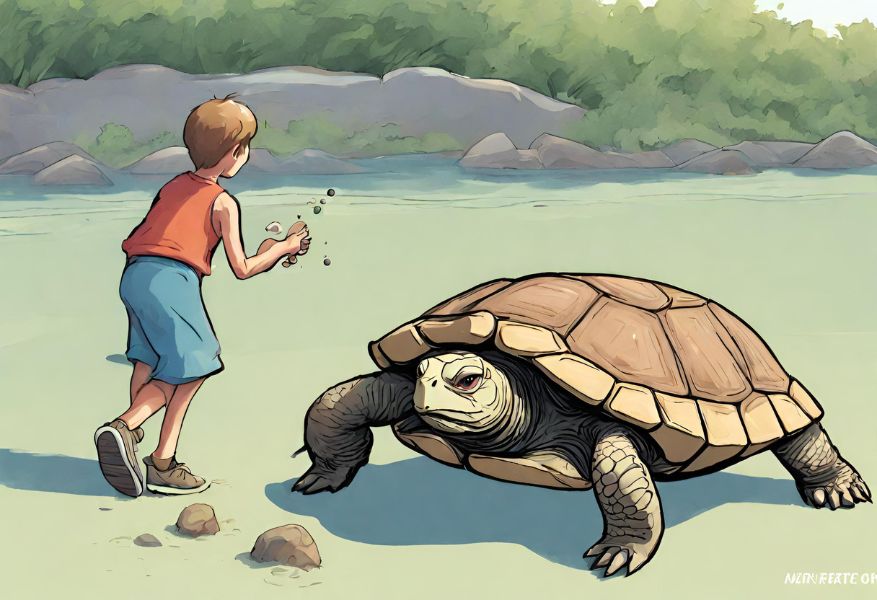
Preparing For Training
Getting Started
Training your turtle can be a fun and rewarding experience that strengthens your bond with your pet. Before you begin, it’s important to consider the following points to ensure that both you and your turtle will have an enjoyable training experience.
Creating A Safe Training Space
Turtles are curious creatures that require a safe training space. Here are some tips for creating a safe and controlled environment:
- Ensure that the area is escape-proof. Turtles are great climbers and can easily fall from high surfaces, so avoid training them on tables or other elevated surfaces.
- Keep the training area free from hazards. Turtles can get injured by sharp objects or ingest toxic substances, so make sure the area is clean and free from anything that could harm your turtle.
- Provide adequate lighting and ventilation. Turtles need uv light and fresh air to stay healthy, so make sure the training area is well-lit and has proper airflow.
Selecting The Right Training Tools
Using the right tools can make all the difference in turtle training. Here are some items that you may find useful:
- Clicker – a clicker can help you mark desired behaviors and communicate to your turtle that they are doing something right.
- Treats – turtles can be motivated by food, so having treats on hand can reinforce positive behavior.
- Target stick – a target stick can be used to guide your turtle to perform specific behaviors.
Turtle training can be a fun and rewarding experience for both you and your pet. By following these tips for preparing for training, you can create a safe and controlled environment and select the right tools to ensure a successful training experience.
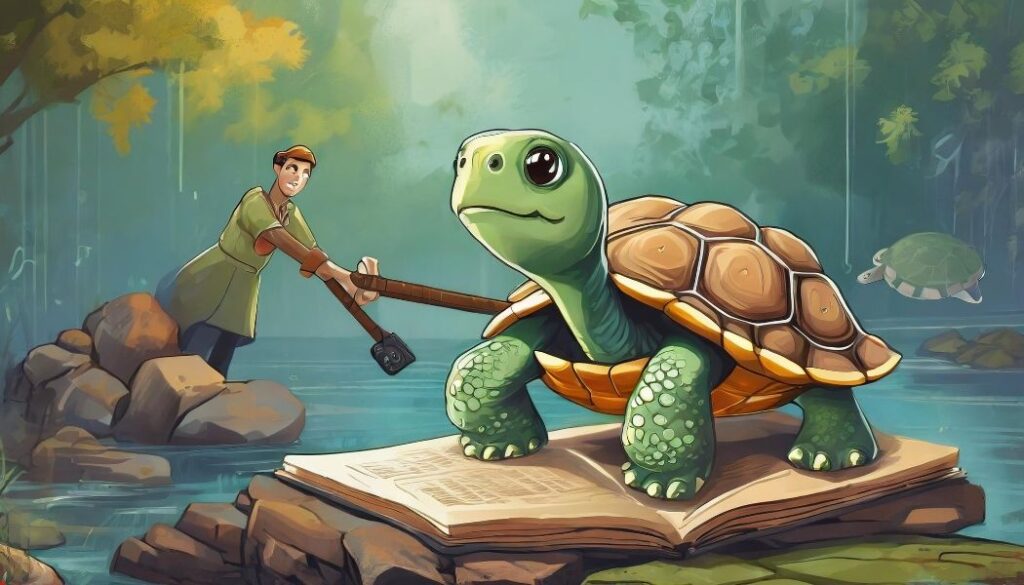
Basic Tricks To Teach Your Turtle
Turtles are fascinating pets, and watching them perform tricks can be both entertaining and rewarding. With patience and dedication, you can train your turtle to do a host of tricks that will make you proud. Here are the basic tricks you can teach your turtle.
Training Your Turtle To Come When Called
Training your turtle to come when called requires patience and consistency. Here’s how to get started:
- Start by choosing a time when your turtle is most active and alert.
- Stand near your turtle’s tank and say its name in a clear and calm voice.
- Wait for your turtle to respond. If it doesn’t come, repeat its name and wait again.
- Reward your turtle with a treat or praise every time it comes to you.
- Repeat this process every day until your turtle responds reliably to its name.
Teaching Your Turtle To Swim Through A Hoop
Swimming through a hoop is a fun trick that your turtle can learn with practice. Here are the steps:
- Choose a hoop that is larger than your turtle’s shell.
- Hold the hoop upright in the water so that your turtle can see it.
- Encourage your turtle to swim through the hoop by placing a treat on the other side of it.
- Once your turtle has swum through the hoop, praise it and reward it with a treat.
- Gradually move the hoop farther away from your turtle or make it smaller, to increase the difficulty as your turtle becomes more confident.
How To Train Your Turtle To Follow Your Finger
Training your turtle to follow your finger is one of the easiest tricks to teach. Here’s how:
- Put your finger in your turtle’s tank and let it get used to it for a few minutes.
- Slowly move your finger around the tank and encourage your turtle to follow it by putting a treat on your finger.
- Repeat this process until your turtle follows your finger without the treat.
- Once your turtle starts following your finger, you can change directions or lead it through obstacles to make it more challenging.
Teaching Your Turtle To Hide In Its Shell
Teaching your turtle to hide in its shell is a great way to bond with it and make it feel safe. Here’s how:
- Pick up your turtle and gently stroke its head and neck until it retreats into its shell.
- Repeat this process every day until your turtle is comfortable with it.
- Once your turtle is comfortable, you can try stroking its back and tail to encourage it to hide.
- Remember to be patient and gentle, as some turtles may take longer to get used to this trick.
Training your turtle to do tricks takes time and patience, but the rewards are well worth it. With these basic tricks, you can create a bond with your turtle that will last a lifetime.
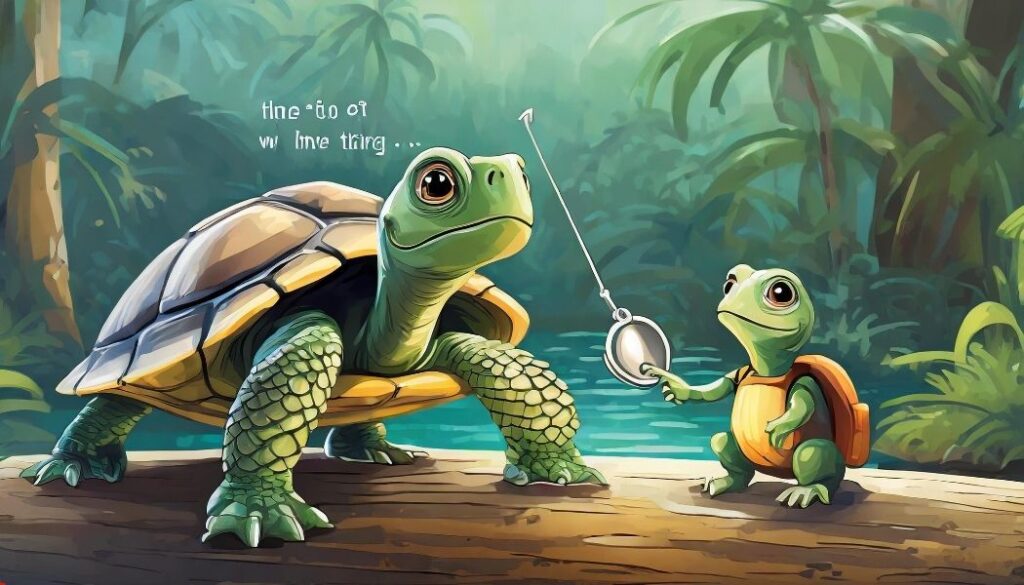
Intermediate Tricks To Teach Your Turtle
Teaching your turtle tricks can be a fun and rewarding experience for you and your pet. Once you have successfully taught your turtle some basic tricks, such as responding to their name or coming when called, you can move on to the more advanced ones.
Here are some intermediate tricks to teach your turtle:
Teaching Your Turtle To Wave
- Start by positioning yourself in front of your turtle.
- Lift your hand and wave it in front of your turtle.
- Say “wave” as you do so.
- Repeat this process a few times until your turtle learns to associate your hand motion with the command word.
- Hold out a treat with the other hand and say “wave”.
- Your turtle may reach out to grab the treat at first, but eventually, they will learn to lift their paw in response to the command.
How To Train Your Turtle To Climb Onto A Platform
- Find a platform or elevated area that is easily accessible to your turtle.
- Place a treat on the top of the platform, just out of reach of your turtle.
- Encourage your turtle to climb up the platform by placing them on the bottom level and gently nudging them upward.
- Once they have reached the top and eaten the treat, repeat the process several times.
- Your turtle will eventually learn to climb up the platform on their own.
Teaching Your Turtle To Stack Cups
- Gather a few plastic cups of varying sizes and place them in front of your turtle.
- Show your turtle how to stack the cups by placing one cup upside down on top of another.
- Place a treat on top of the top cup.
- Encourage your turtle to nudge the top cup off on their own to get the treat.
- Repeat the process several times until your turtle learns how to stack the cups.
How To Train Your Turtle To Crawl Through Tunnels
- Start by creating a simple tunnel out of cardboard or pvc pipe.
- Place a treat at the other end of the tunnel, so your turtle can see it.
- Place your turtle at the entrance of the tunnel and gently guide them through with your hand.
- Repeat the process several times until your turtle learns how to crawl through the tunnel on their own.
- Progress to more complex tunnels as your turtle becomes more proficient.
Remember to keep training sessions short and frequent, and always use positive reinforcement. With a little patience and persistence, your turtle will be able to perform these tricks like a pro!
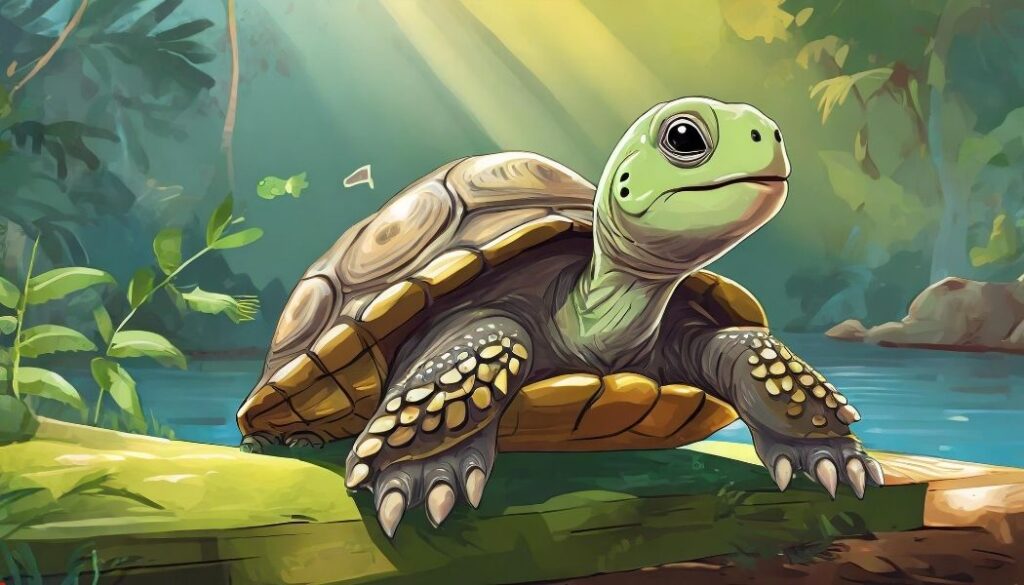
Advanced Tricks To Teach Your Turtle
Teaching your turtle some basic tricks is not a walk in the park. It takes a lot of time, patience, and persistence. Once your pet learned how to follow simple commands, you can then venture into more complex tricks. These advanced tricks that we will be discussing are not only entertaining but will also help improve their cognitive and physical abilities.
Let’s dive into the foolproof guide to teach these advanced tricks to your turtle.
Teaching Your Turtle To Skateboard
Skateboarding might be a challenging trick to teach, but turtles are capable of learning it. Here are some tips on how to train your turtle to skateboard:
- Start by placing a skateboard in front of your turtle.
- Gently place your turtle on the skateboard, and give it a chance to get comfortable with it.
- Nudge the skateboard gently to get it moving.
- As soon as your turtle is comfortable, lure it with food, so it walks over the skateboard.
- Slowly increase the distance your turtle goes on the skateboard, and eventually, it will learn to balance.
How To Train Your Turtle To Perform A High-Five
A high-five is a perfect way to show off your turtle’s skills. Here’s how you can train your pet to perform a high-five:
- With a treat in your hand, move your hand towards your turtle. Your turtle will naturally reach for the treat and place its paw in your hand.
- Once your turtle understands this motion, you can start giving the “high-five” command to signal that you want it to repeat the action.
- Practice this command with your turtle regularly until it becomes an automatic response.
Teaching Your Turtle To Play Soccer
Playing soccer is not just for humans, and turtles can learn to play too. Here are the tips on how to train your turtle to play soccer:
- Choose a small ball that’s easy for your turtle to manage.
- Place the ball in front of your turtle, and encourage it to touch it with its nose or paw.
- Use a training stick or block to guide your turtle, so it touches the ball into the goal.
- Once your turtle gets the hang of this, use your hands to prevent the ball from going off the playing surface, so your turtle has to dribble it around you.
How To Train Your Turtle To Identify Different Colors
Teaching your turtle to identify colors is a fun trick that challenges their cognitive abilities. Here’s how you can train your turtle to recognize colors:
- Pick two or three different colored objects.
- Hold up one of the objects in front of your turtle and repeat its corresponding color several times.
- Reward your turtle with treats when it touches the object correctly.
- Repeat this process until your turtle can identify all the colors.
Turtles are intelligent creatures that can learn some exciting tricks. To successfully teach your turtle these advanced tricks, you need to be patient and persistent. Incorporating these advanced tricks into their training routine will not only impress your friends but will also help enhance your turtle’s cognitive and physical abilities.
With time and effort, you can turn your turtle into an expert trick-performer that will amaze everyone.
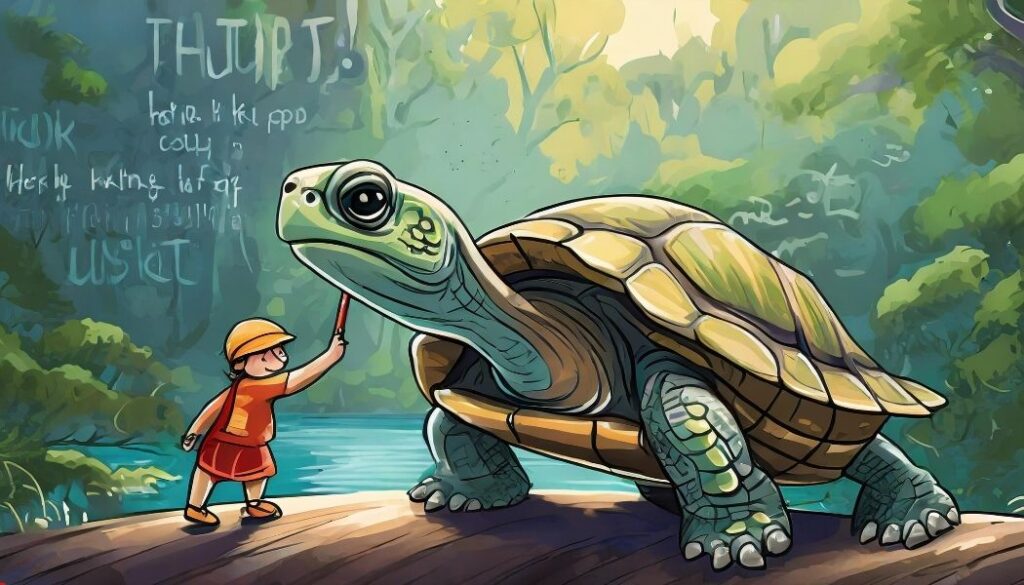
Maintaining Your Turtle’S Training
Trained turtles can perform a variety of impressive tricks, providing a fun and engaging experience for both pet and owner. However, maintaining your turtle’s training is crucial to ensure that their skills don’t regress. Here’s what you need to know:
The Importance Of Regular Training
Consistent training is vital to keep your turtle sharp and motivated. Like any other animal, turtles are creatures of habit, and regular practice reinforces their understanding of commands and routines. Consistent training also helps to:
- Develop your turtle’s mental capacity
- Empower your turtle to learn new things
- Enhance the bond between you and your turtle
Taking Breaks When Necessary
Although regular training is essential, it’s important to be mindful of your turtle’s limits. Don’t overdo it, or your turtle may become confused, lose interest, or feel overwhelmed. Be aware of your turtle’s energy levels, and take breaks when necessary.
This also means:
- Avoiding prolonged training sessions
- Recognising your turtle’s schedule and routine
- Being patient with your turtle’s learning pace
How To Reinforce Training And Avoid Regression
Turtles, like all animals, can experience regression if they don’t receive sufficient reinforcement. Over time, your turtle may forget what it has learned, making training even more challenging. To prevent regression and reinforce training, consider the following steps:
- Use a variety of rewards (e.g. Treats, praise, playtime) to motivate your turtle
- Be consistent with your training schedule and reinforcement strategies
- Mix up your training routine to prevent boredom and encourage mental stimulation
Remember, turtles are intelligent and observant creatures that thrive on positive reinforcement. With regular practice and patience, you’ll be amazed at what your turtle can achieve!
FAQs
How Can I Train My Pet Turtle To Do Tricks?
To train your pet turtle to do tricks, start with simple commands such as waving or coming when called. Use positive reinforcement with treats to encourage good behavior. Break down the trick into small, achievable steps, and be patient as turtles learn at their own pace.
What Kind Of Treats Can I Use To Reward My Turtle?
Turtles love treats such as cooked or raw vegetables, freeze-dried shrimp, and small pieces of fruit. Avoid giving them sugary or processed foods, which can be harmful to their health. Always provide clean, fresh water to your turtle as well.
How Often Should I Train My Turtle?
Turtle training sessions should be brief and frequent, ideally 5-10 minutes a day. Turtles have short attention spans, so it’s important to keep training sessions simple and straightforward. Be sure to provide your turtle with plenty of rest time and a comfortable living environment.
Conclusion
Teaching your pet turtle tricks is a fun and rewarding experience that can strengthen your bond and improve their mental and physical well-being. By following the step-by-step guide we’ve provided, you can start training your turtle today. Remember to be patient, consistent, and positive throughout the process.
It’s important to start with the basics, like teaching your turtle to recognize their name and come when called, before moving on to more advanced tricks. Don’t forget to reward your turtle with treats and praise for a job well done.
With time and practice, your turtle may surprise you with their newfound abilities. So, enjoy the journey and have fun with your clever little friend!

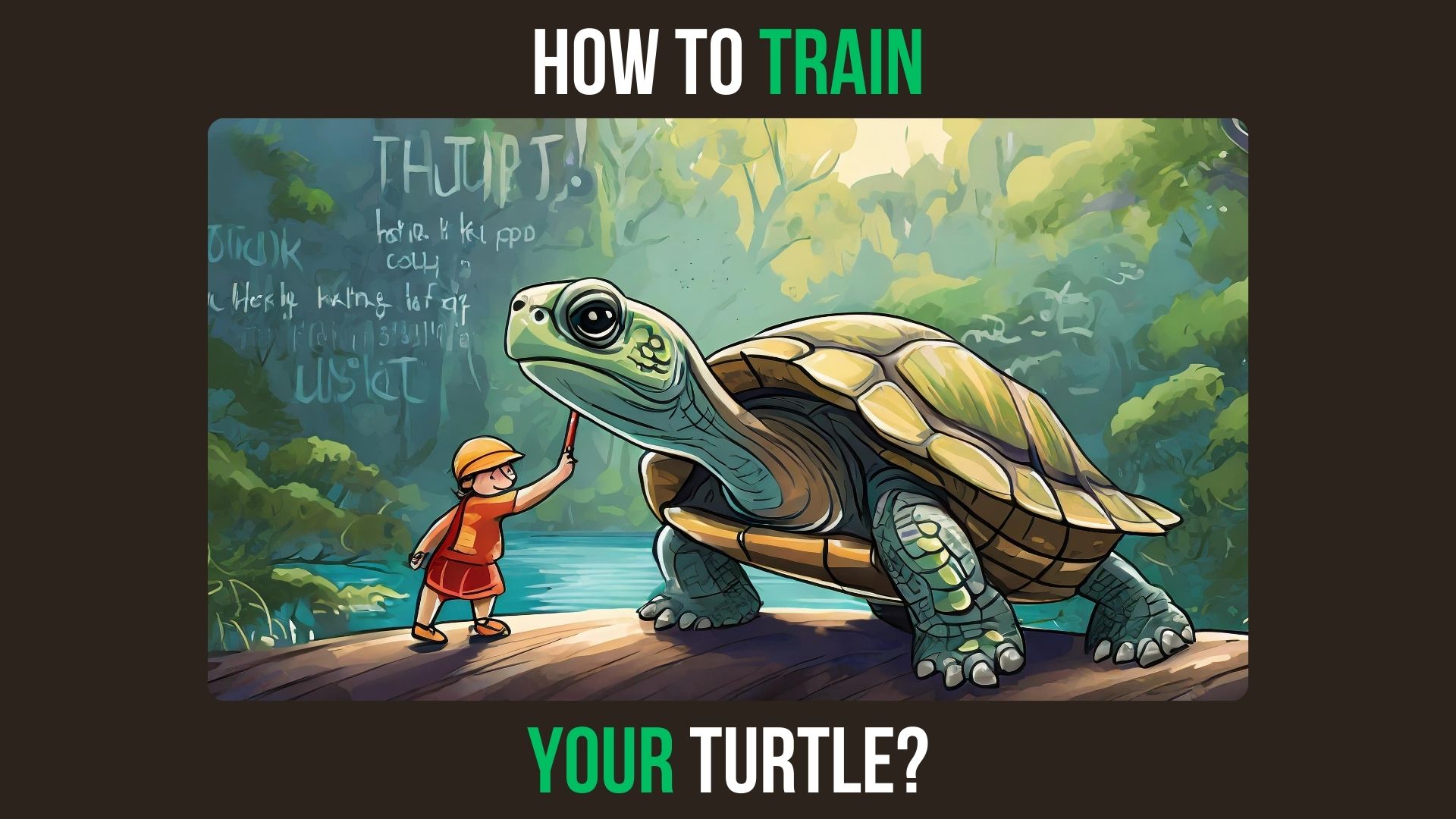



Leave a Reply